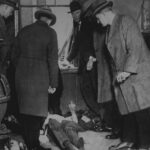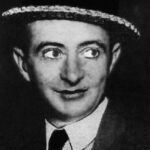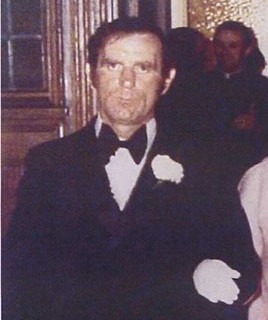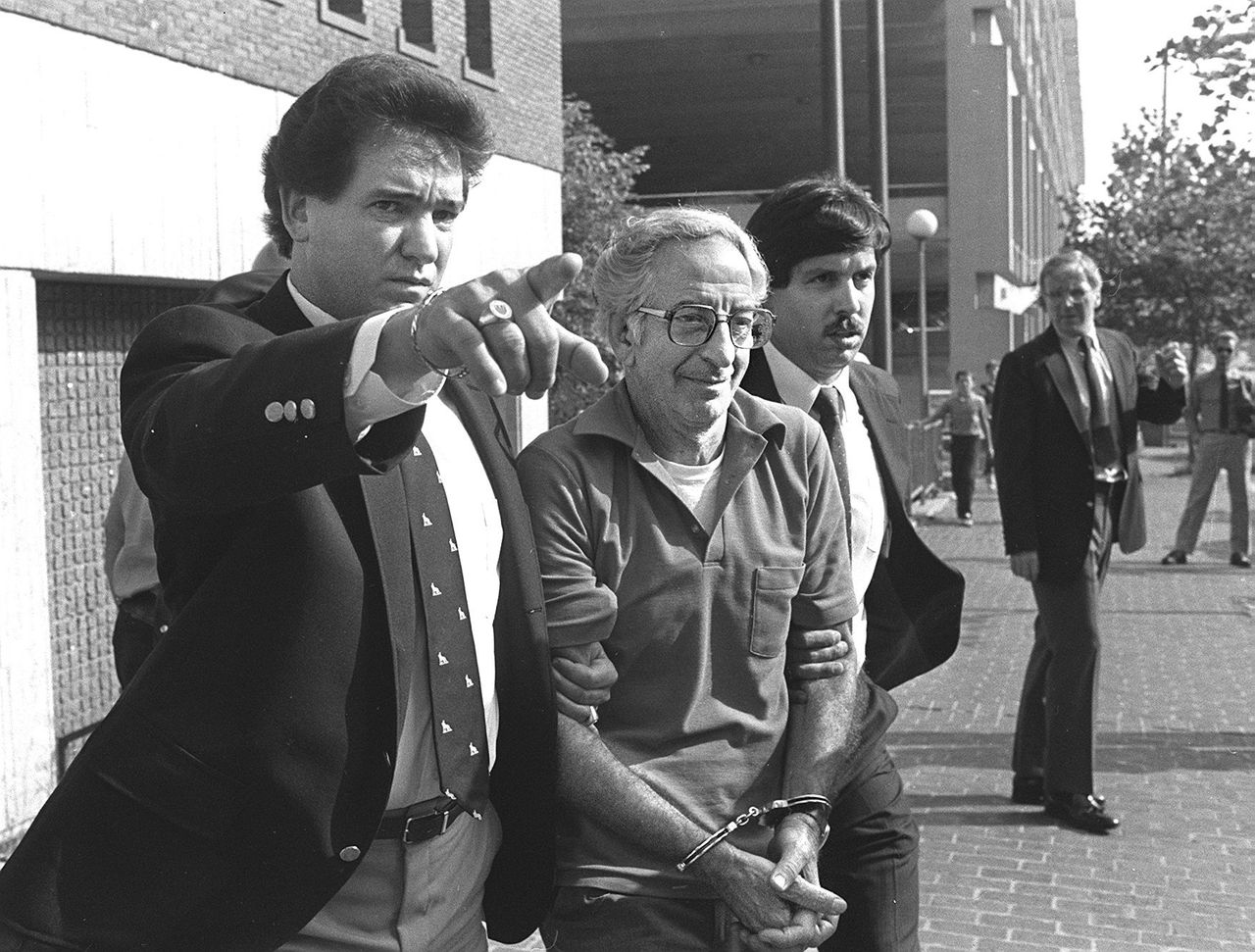Edward “Monk” Eastman (1875 – 1920) was a New York gangster and founder of the Eastman Gang, which became one of the most powerful street gangs in New York City.
Of course Monk Eastman wasn’t Irish, he did live in a time when the Irish, Jews and Italians worked and fought with each other. On this page we focus not just on Irish mobsters but their enemies, rivals, cops, rats and everyone in between that help make up the Irish Mob story
He had many aliases included Joseph Morris, Joe Marvin, William “Bill” Delaney, and Edward “Eddie” Delaney.
Eastman is considered to be one of the last of the 19th-century New York gangsters who preceded the rise of Arnold Rothstein
In 1898 Monk Eastman was arrested and convicted under the alias William Murray, one of his many aliases, he was sentenced and spent three months on Blackwell’s Island for larceny. During this time, he belonged to a gang known as the Allen Street Cadets.
In time, Monk’s reputation as a tough guy despite his squat five-foot-six inch frame earned him the job as a bouncer at the New Irving Hall, a celebrated club on Broome Street. At the New Irving Hall and Silver Dollar Smith’s Saloon, Eastman became acquainted with Tammany Hall politicians, who would eventually put him to work as repeat voters and strong-arm men.
Eastman’s greatest rival was Paul Kelly leader of the Italian Five Points Gang. The warfare between these two gangs reached a fever pitch on September 17, 1903, with a gun battle on Rivington Street involving dozens of gangsters.
One man was killed and a second reported fatally wounded and numerous innocent civilians were injured. Members of the Eastman gang were arrested.

Tammany Hall worked closely with both Kelly and Eastman. Its officials grew tired of the feuding and the bad press generated when civilians were killed or injured in the cross-fire. In 1903, Tammany Hall set up a boxing match between Eastman and Kelly in an old barn up in the Bronx. The fight lasted two hours, with both men taking hard punishment before it was called a draw.

Tired of bad publicity from Eastman, Tammany Hall refused to help him after he had been involved in a robbery and subsequent shooting. Later that year, Eastman was convicted and sentenced to 10 years in prison at Sing Sing
During his absence, the Eastman Gang had split into several factions. One faction was lead by Richie Fitzpatrick, one of Eastman’s top men who had defected from Paul Kelly’s Five Points gang in 1903. The other faction was lead by Max “Kid Twist” Zwerbach, who was another defector from the Five Points gang. In 1904 Fitzpatrick and Zwerbach were due to have peace talks to solve the recent violence between the factions. Fitzpatrick was shot to death before the talks began.
In 1909, Eastman was released after serving five years in prison. Since none of the gang wanted Eastman as their leader, he was effectively out of power. For several years, Eastman reverted to petty thievery. During this period, he became addicted to opium and served several short jail terms.

After the United States entered World War I in 1917, the 42-year-old Eastman decided to join the army. During his military physical, the doctor observed all the knife and bullet scars on Eastman’s body and asked him which wars he had been in, Eastman replied, “Oh! A lot of little wars around New York. He served in France with “O’Ryan’s Roughnecks”, the 106th Infantry Regiment of the 27th Infantry Division.
There were dozens of stories of his valor on the battlefield. Monk Eastman put his years of being a gangster to great use, galloping across the wastelands to rescue a wounded comrade. He was badly wounded but insisted upon leaving his hospital bed to rejoin his unit.
After he served his time in the army and received an honorable discharge he returned to New York where the Tribune newspaper lead with the headline “Monk Eastman wins a new soul”. Officers and those who fought alongside him ask the governor to restore his citizenship, which was granted
However he returned to petty crime, he was killed by one of a crooked Prohibition Agent, Jerry Bohan. Two days after Christmas 1920, the headline in the Daily News was Reformed Gangster Slain. Bohan who had been drinking with Monk in an East Side dive called the Blue Bird, was quickly charged with the killing. He claimed self-defense. The papers start running stories questioning just how much he had actually changed.
But his friends from the 106th would hear none of this. John Boland, who had fought alongside Monk, said “The public does not reward its heroes. Now they are calling Mr. Eastman a gangster instead of praising him as one of those who saved America. But we’ll do the right thing by this soldier and give him the funeral he deserves.”

Monk Eastman received a full military funeral, where crowds lined the streets to pay their final respects.

The photo is a mugshot of Monk Eastman from 1903 from a newspaper


























